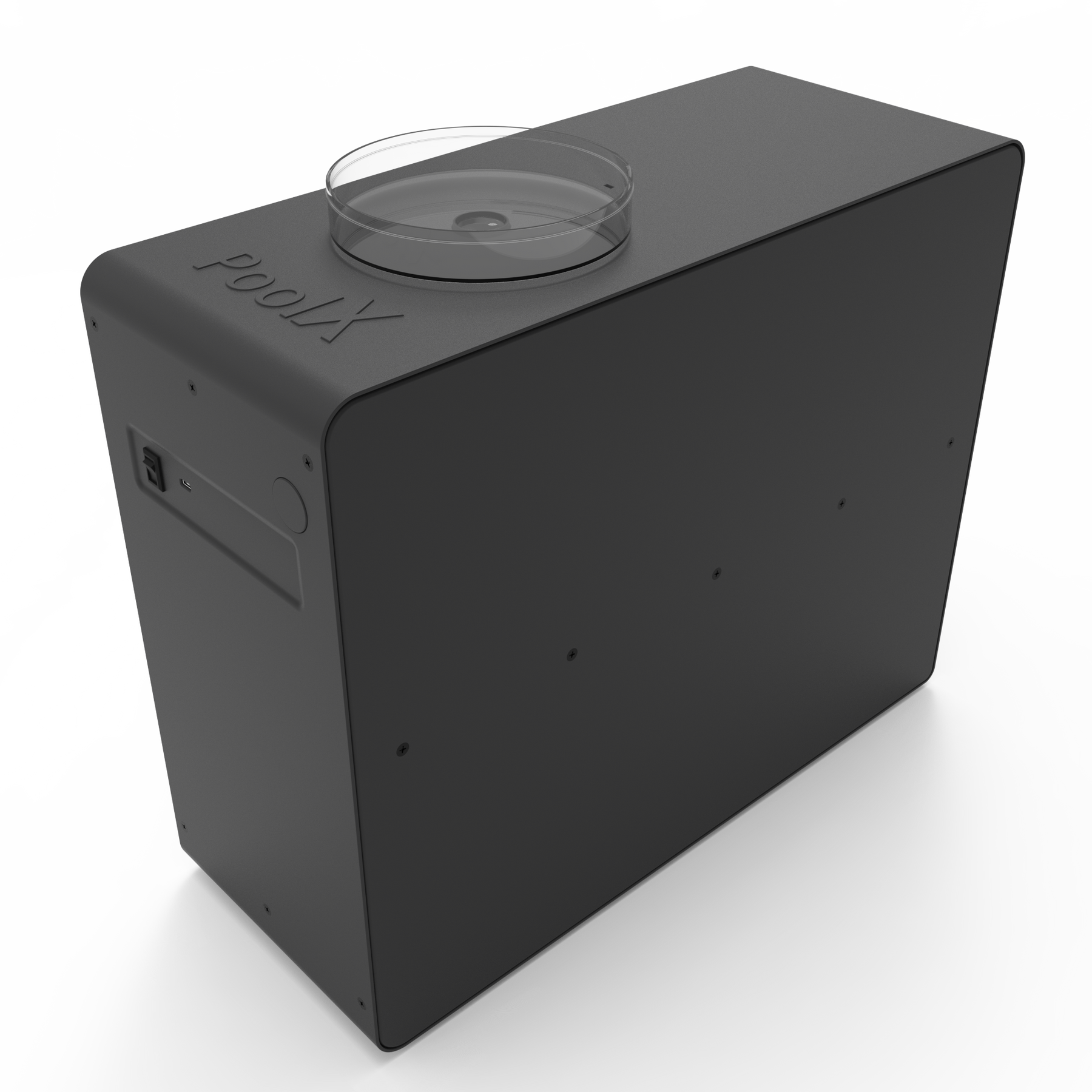Ensuring a level surface for your above ground pool is crucial for a safe and enjoyable swimming experience. In this comprehensive guide, we delve into the technology and techniques that make leveling your pool a breeze. From selecting the right tools to troubleshooting common issues, we cover it all.

Why is Leveling Your Above Ground Pool Important?
An uneven pool can lead to various problems such as structural damage, water imbalance, and an unpleasant swimming experience. By leveling your pool, you ensure its longevity and the safety of its users.

Tools and Supplies You’ll Need
- Shovel
- Leveling Tool
- Wooden Stakes
- Carpenters Level
- Sand or Crushed Stone
- Garden Hose
- Rubber Mallet

Step-by-Step Guide to Leveling an Above Ground Pool
1. Choose the Right Location
Your pool should be placed on a flat, stable surface away from trees and large roots. Clear the area of debris and vegetation.
2. Measure the Area
Use a measuring tape and stakes to mark the pools perimeter. Double-check the measurements to ensure they match the pools specifications.
3. Excavate the Area
Remove the top layer of soil using a shovel. For large areas, consider renting a sod cutter. Ensure the excavated soil is level using a carpenter’s level.
4. Add Sand or Crushed Stone
Spread a layer of sand or crushed stone evenly across the excavated area. Use a rake to distribute it and a tamper tool to compact it.
5. Check for Level
Place the leveling tool across different points of the area. Adjust the sand or stone layer until the surface is entirely even.
Common Mistakes to Avoid
1. Ignoring the Ground Conditions
Avoid placing your pool on soft or unstable ground as it may lead to settling and unevenness over time.
2. Skipping the Compacting Step
Failing to compact the base material can result in uneven settling and a compromised pool structure.
Troubleshooting Leveling Issues
1. Dealing with Unstable Ground
If you encounter soft spots, consider using a geotextile fabric to provide extra stability.
2. Addressing Rainwater Accumulation
Install proper drainage around the pool area to prevent water accumulation and erosion.
Maintaining a Level Pool Over Time
Regularly check your pools level and make necessary adjustments to ensure its ongoing stability. Utilize technology like laser levels for more accurate measurements.
Benefits of a Well-Leveled Pool
A properly leveled pool not only enhances safety but also prolongs the pools lifespan and improves the swimming experience. Enjoy peace of mind knowing your pool is in top condition.
Frequently Asked Questions
1. How often should I check the pool level?
Its recommended to check the pool level at the beginning and end of each swimming season.
2. Can I level the pool myself or should I hire a professional?
While leveling the pool can be a DIY project, hiring a professional ensures precision and saves time.
3. Whats the best time of year to level a pool?
Late spring or early summer is ideal as the ground is typically dry and easier to work with.
For more tips on maintaining your pool, visit Real Homes. Here, you’ll find valuable insights on cleaning and upkeep.
As an Amazon Associate, I earn from qualifying purchases.

